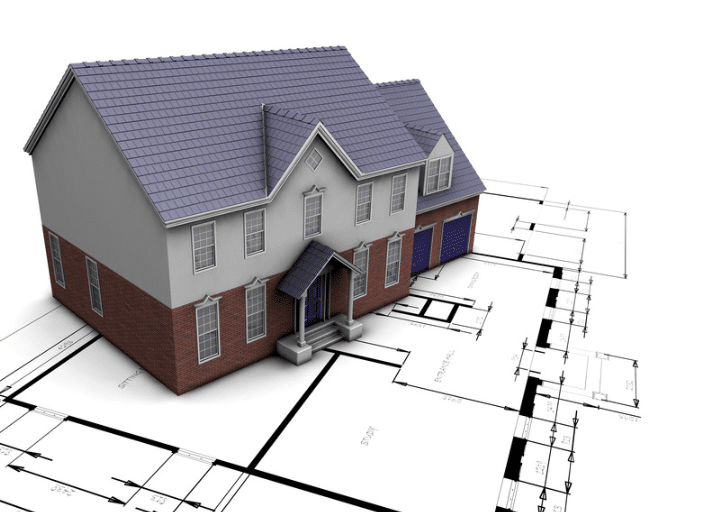In a first instance these will help the grounds works to proceed and for the foundations to be laid in the correct position. Then the substructure and walls. You must ensure that the final position complies with any planning restrictions, that the orientation is correct and the spacing to any boundaries is sufficient.
Check the boundary positions and any other easements or restrictions against the maps used by your solicitors for the sale or transfer of the site.
Finally, the lines must be totally square and measure exactly right so that a ground contractor can accurately locate the centre of dig for the foundations and the block layers can then build the substructure in the right place and at the correct levels: “Measure twice and cut once” underestimates how critical this task is.
A main contractor, if one is appointed, will do this for you but will probably request your presence and even that of your architectural designer on site to confirm that they have it right. If you do it yourself, it would be foolish not to have an experienced eye check it over – for getting it wrong will have serious consequences.
In addition to the other elements listed in this category, at this early stage there are some practical things to organise, before breaking ground:
All construction drawings finalised, including your finished levels. Finished Ground Level (FGL): this something that you will need to work out with your builder and is the height of the ground immediately around your house. It has a direct impact on your finished floor level and has implications for running of sewer pipes and services. The relationship between existing and proposed ground levels may be subject to planning approval conditions and is usually based on reference points from Ordnance Survey data. Finished Floor Level (FFL): this is the level of your final floor screed in relation to the FGL. Your FFL must be significantly higher than your FGL to prevent moisture ingress.
Ensure drawings clearly show the service locations: items such as waste pipe locations will be determined by the position of showers/ baths. If you have a wet room type shower area planned then you will need to ensure that you allow for adequate space to accommodate the drainage pipe and that this has enough of a fall to work. You also need to carefully plan your electricity, fibre and water entry points, meter locations, oil/gas pipes so that you can provide for gaps in the foundation blockwork for the pipes and services to pass through.
In NI, the construction drawings which were submitted to Building Control should contain all of the above information. In ROI, the onus is on the owner/builder to submit such plans, calculations, specifications and particulars as are necessary to outline how the proposed dwelling house or domestic extension will comply with the regulations. The submitted drawings should therefore contain all the information required. In addition to the regulations, your designer will carry out an in-depth survey of your requirements to ensure that the design brief is clear and comprehensive so as to include all of these items in the construction drawings.
Check there are no mains services lines running where you plan to dig: particularly dangerous if you hit gas or electricity (although most electricity cables are overhead). Wastewater or water mains may cause problems to divert.
Also get all necessary approvals at this stage: apply for utility connections as soon as you have planning approval, get consent to discharge to waterway (NI for onsite treatment system), road opening licence from the council if necessary, etc.










